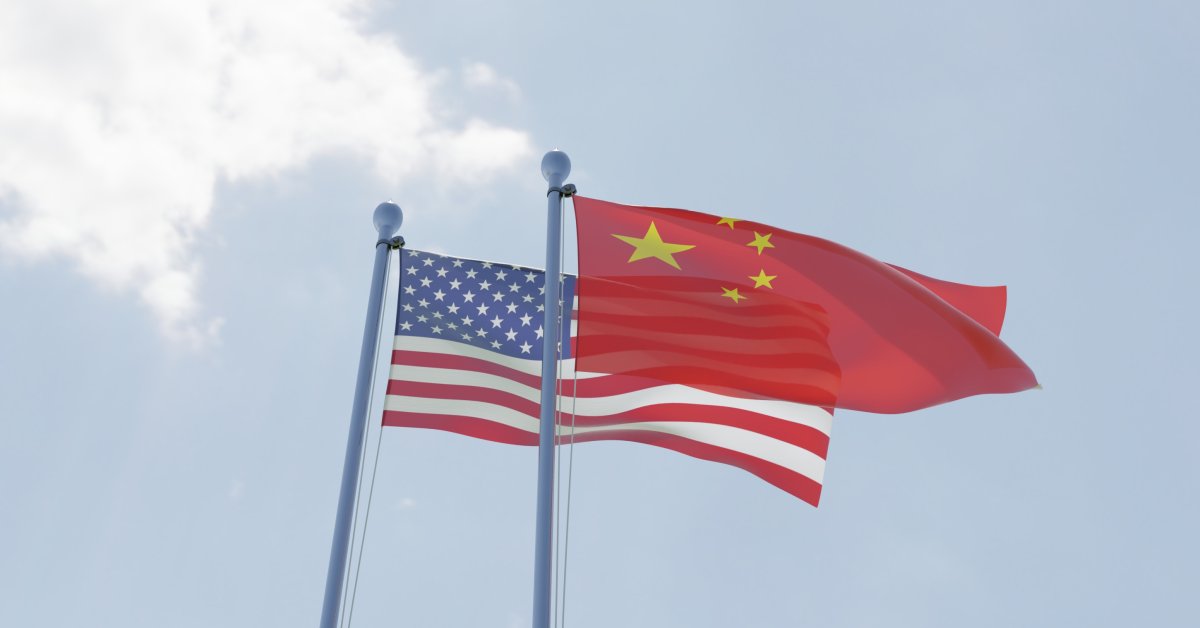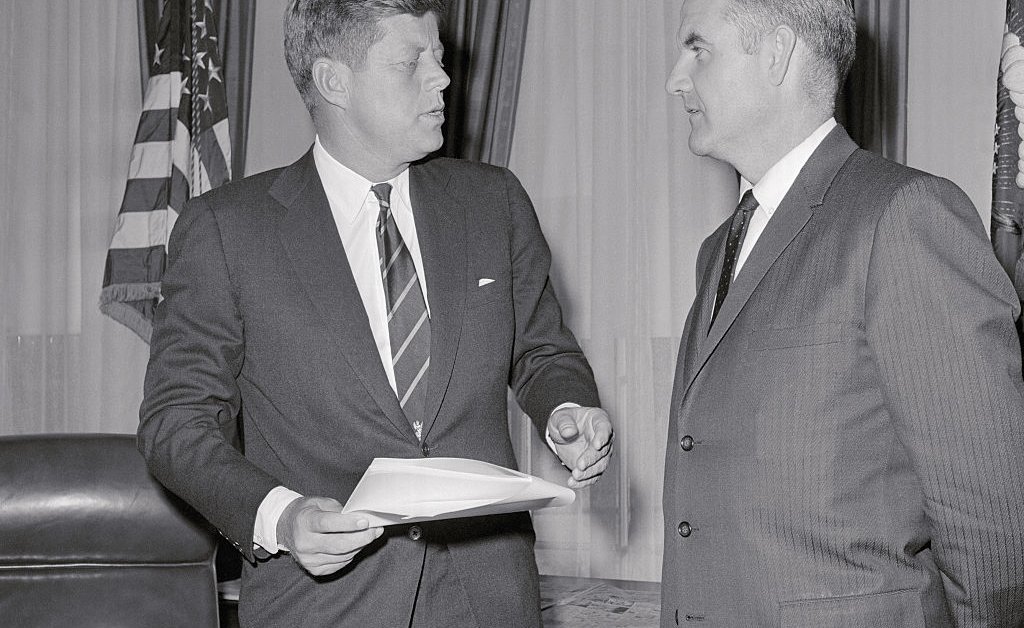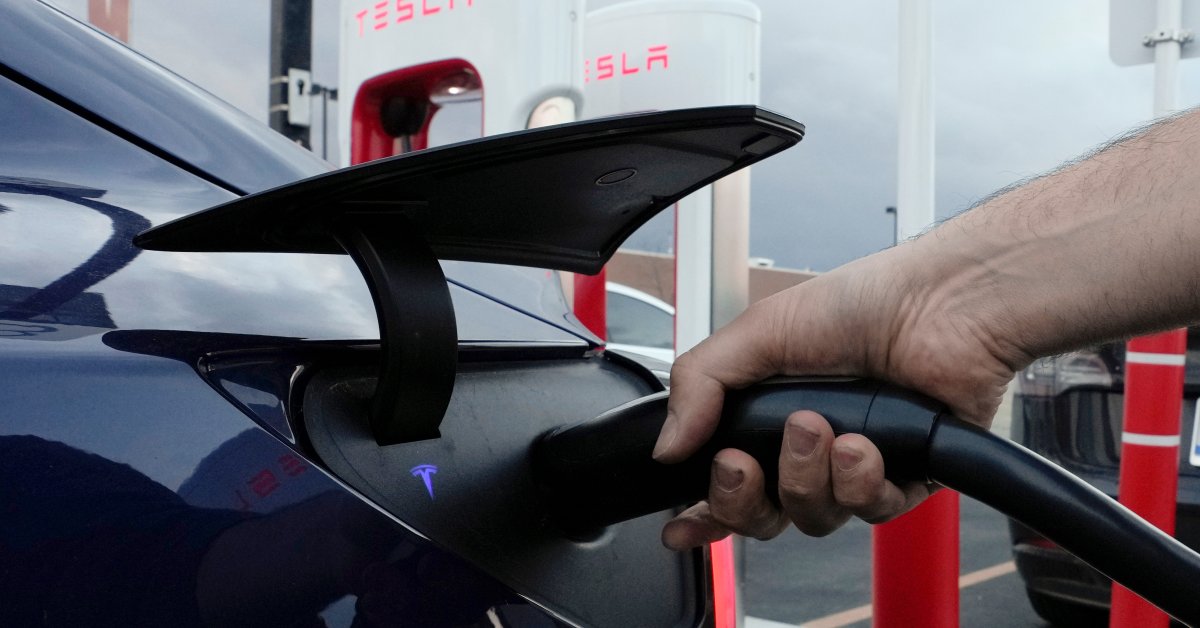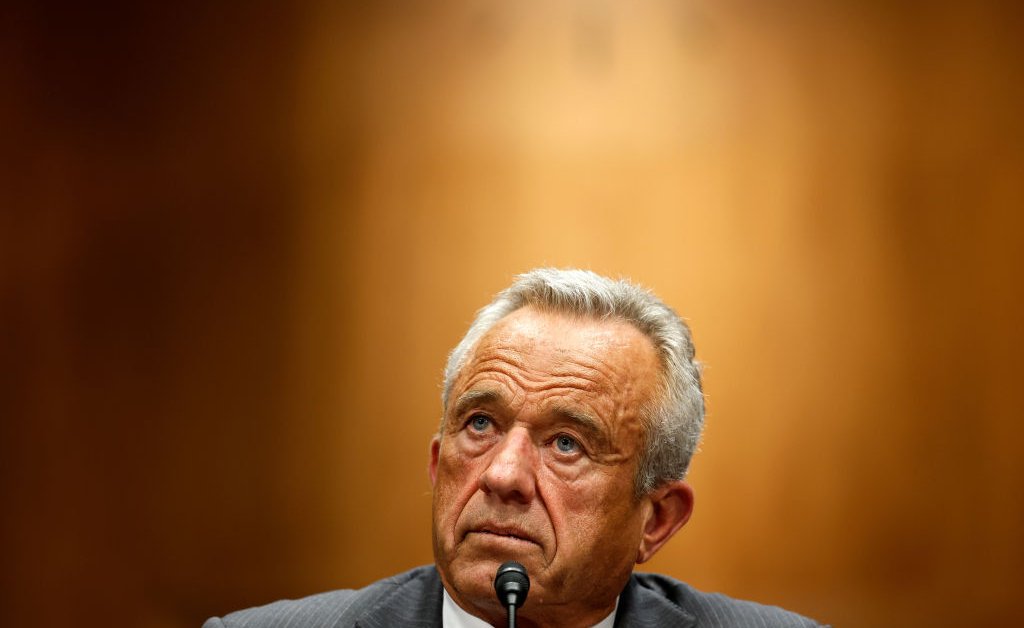The U.S. and the People’s Republic of China are strategic rivals in the battle for global leadership in the 21st century. So it was no surprise when President Donald Trump hit China with 20% tariffs in the first few weeks of his second term and then imposed reciprocal tariffs of 34% on “Liberation Day.” And when Trump a few days later lowered tariff rates for everyone else to calm markets, he quadrupled duties on China to a whopping 145%. But all that now feels like ancient history.
Over the past four months, Trump has bent over backwards to be kind to Beijing. The two sides announced a 90-day ceasefire in Geneva in early May, agreeing to reduce tariffs and negotiate their differences over export controls and other issues. (Remaining U.S. tariffs on China are still at roughly 55%, and China’s tariffs on the U.S. stand at almost 33%. These are historically high levels, but not sufficient to outright stop trade.) Further discussions in London and Stockholm made enough progress for the two sides this week to announce another extension of the ceasefire, with the White House praising Beijing for being cooperative and flexible in the negotiations to date.
Read More: Why Trump Will Blink First on China
In the same vein, the Trump Administration has not shut down TikTok in the U.S. despite the fact that it is still Chinese-controlled, in contravention of American law; it denied a transit visa for Taiwanese President William Lai; and it is allowing Nvidia and AMD to sell advanced chips in China despite originally blocking many of these sales, following a pay-for-play deal.
So why the sudden about-face on China? It is doubly odd given the U.S.’s simultaneous tough tact toward other members of the BRICS—a rival to the U.S.-led G7 that includes Brazil, Russia, India, and South Africa—not to mention many of America’s traditional allies.
Three reasons stand out.
First, both Washington and Beijing now have proven weapons that are restraining the aggressive instincts of the other side. Unlike others who caved in to Trump’s pressure, Beijing retaliated, first with its own high tariffs, and then, more importantly, with restrictions on rare earth minerals, over which they have a global chokehold. Once Trump began lowering most of the initial reciprocal tariffs and calling for talks with Xi, they had confidence that restricting rare earths minerals and magnets would be met not with counterstrikes but with concessions. That includes the Trump Administration backing off imposing new export controls on several technologies and scrapping their threat to “aggressively revoke” Chinese student visas. Beijing now believes it has perfected the recipe for making a “TACO” (“Trump always chickens out”).
Second, Trump and Xi both have an interest in strengthening economic confidence at home. With persistent overcapacity and price wars across industrial and consumer sectors, “involution” has become the word of the year in China, a nod to the excessive competition that is hurting local businesses. Xi needs to shore up government finances, consolidate industries, and avoid further international barriers to Chinese exports and investment. The U.S.’s current economic picture is stronger, but constituents in town halls across the country have expressed deep worries about lost export markets, inflation, budget deficits, and a potential recession.
Third, both Trump and Xi want to meet each other, most likely in the Fall in Asia. Trump has been signaling his desire for direct communication with Xi since at least April. He wants to assemble a deal that he can sell at home as boosting U.S. business opportunities and stopping the fentanyl epidemic, given China’s role in producing most of the precursors in the synthetic opiod that is trafficked to America. The Chinese have played hard to get, privately saying any summit must be preceded by detailed negotiations and planning. Based on my conversations with experts in China in recent weeks, Xi wants to avoid being disrespected, as Ukrainian President Zelensky and other world leaders were during their White House visits. And with Trump making concession after concession, Beijing may want to consolidate its recent gains and aim even higher, perhaps inducing Trump to make further compromises over tariffs, export controls, and Taiwan.
Read More: It’s Time for Trump and Xi to Meet
Although one should not dismiss the value of stable ties between the world’s two largest economies, each equipped with massive stockpiles of nuclear weapons, this warming trend is unlikely to last very long. Both sides prefer calmness now because it aligns with their short-term interests. Chinese official rhetoric aside, neither side sees the relationship in cooperative terms, and neither is willing to take major steps to provide strategic reassurance to the other. The underlying fundamental challenges created by the countries’ deep divisions over their economic ties, the potential for conflict over Taiwan and other hotspots, and their competing visions of the international order can only be papered over for so long.
At some point Beijing may run out of luck, and either not concede enough in negotiations or push too hard to make a TACO, and instead generate a Trumpian tirade or policy overreaction. Trump’s unpredictability make linear extrapolations of any U.S. policy or strategy a risky bet. At some point, for either reasons of policy or fashion, the U.S.’s current gentle approach toward Beijing is likely to eventually harden, and for a new scene in the drama to unfold.
Read More: Why China Can’t Win a Trade War
Beijing knows no deal with Trump is permanent. They will enjoy the peace and quiet as long as they can, but they know they need to be prepared for the next round of escalation—whenever it arrives.
Other countries, companies, and markets should, too.








